This is the third of a series of nine posts that previews one chapter of the new book by Daniel Philpott, Religious Freedom in Islam: The Fate of a Universal Human Right in the Muslim World Today. What follows is edited excerpts from portions of the book.
To read all posts in this series visit: Previewing Religious Freedom in Islam by Daniel Philpott
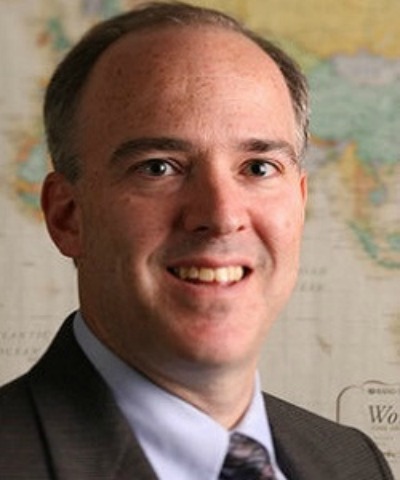
In the last two posts, I’ve introduced the central question of my new book,
Religious Freedom in Islam: The Fate of a Universal Human Right in the Muslim World Today, which is, Is Islam hospitable to religious freedom?
Today begins my answer.
From a satellite view, the Muslim world does not look religiously free. The picture seems to favor the view that I have called “Islamoskepticism.” Of 47 Muslim-majority states, 36, or almost three-quarters, have “high” or “very high” levels of religious repression according to the standards of the Pew Research Center.
When we zoom in closer, however, the picture is more diverse and does not so easily favor the Islamoskeptics. Muslim-majority countries can be divided into three types according to the political theology – meaning the doctrine of how politics relates to religion – embedded in the regime.
The first is “religiously free” states, which make up 11 out of 47 Muslim-majority states (using 2009 as a benchmark). These are categorized by a political theology of religious freedom, meaning that they espouse, promote, and protect the freedom of people and communities to practice their religion.
The second can be called “secular repressive” states. Numbering 15 in 2009, these states proffer a political theology of secularism, rooted in the West, holding that the public influence of Islam ought to be stifled so as to make way for nationalism, economic modernization, and modernity in general.
The third, I call “religiously repressive” states. These numbered 21 in 2009 and manifested a political theology of “Islamism” that envisions law and government policy as a vehicle for promoting a strongly conservative form of Islam in all spheres of life—family life, economy, culture, religious practice, education, dress, and many others.
In this post, let’s look a bit more closely at the religiously free states. The next two posts will look at the secular repressive and religiously repressive states.
Seven of these eleven states are in West Africa; the others are Lebanon, Djibouti, Albania, and Kosovo. Almost one-fourth of the total of Muslim-majority states, these are far from outliers. They give credence to the “Islamopluralists,” who stress the possibility of religious freedom and democracy in Islam.
Let’s focus on the West Africa Seven: Senegal, Mali, Niger, Guinea, Burkina Faso, Sierra Leone, and The Gambia. They are the geographic heart of the religiously free Muslim world and together offer the strongest existing evidence for the possibility of religious freedom in the Muslim world.
In most of these countries, Muslim majorities live side-by-side with Christian minorities. Some of these countries contain Shias and Ahmadis, whose beliefs diverge from those of mainstream Sunni Islam. Elsewhere they are persecuted, but not here. Tiny communities of Hindus, Baha’is, Jews, and other religions live in these countries as well.
Religious freedom is articulated boldly in these countries’ constitutions. They prescribe religious freedom explicitly and do not dilute it into a more generalized freedom of conscience or belief. These states give their citizens wide legal latitude to educate their children in their faith and are generally free of the kinds of restrictions that unfree Muslim states impose. There are no “religious tests” requiring one to be a Muslim to hold a certain political office. Generally, these states lack laws that prohibit blasphemy, defamation, or conversion away from Islam, or that restrict broadcasting, newspapers, or other forms of public speech.
What explains the high levels of religious freedom in the West Africa Seven? Contrary to the expectations of the secularization theory, which holds that tolerance is possible only when religion declines, West Africa is part of the most religious region of the world, according to the Pew Research Center.
More pointedly, Muslim West Africa is highly free not despite its religion but rather because of its religion, and further still, because of the kind of religion that is found in the hearts, minds, and habits of the people. Across the region is a culture of interreligious harmony that is unusual in the world. Christians and Muslims celebrate one another’s holidays; marry one another and create interreligious extended families; sometimes attend one another’s prayers; and even display tolerance for conversion to the other’s faith. Political scientist Alfred Stepan reports that in the city of Popenguine, Senegal, Christians and Sufis joined in constructing the mosque and church of each community. The Pew Research Center documents that in those West African countries covered here, Muslims “express overall positive views of Christians” at very high rates—92% in Senegal, 86% in Mali, and 72% in Guinea-Bissau. Undeniably there are tensions, even violent tensions, between these faiths, ones that have increased in recent years, but the culture of harmony is strong enough to absorb, mitigate, and survive these tensions.
What in turn explains this interreligious harmony?
First, there is the prevalence in the region of Sufism, a form of Islamic spirituality that stresses the mystical dimension of religion as well as the free and interior character of religious commitment.
The second factor is the way in which Islam came to West Africa, that is,
gradually through traders and teachers between 1100 and 1600 CE—in contrast to Islam’s swift expansion through the Middle East and North Africa through military conquest, beginning with the Prophet Muhammad. Small bands of Muslims had to make accommodations with local authorities, setting a pattern that endures to this day.
Finally, European colonial powers in the late nineteenth and early twentieth centuries established “indirect control,” meaning alliances with local rulers. Critical were ties with Muslim leaders, whose loyalty European powers elicited by granting them freedom to carry out their religious activities. The task was made easier by the tolerant culture of the region’s Muslims, who were willing to live and mingle with Christians and adherents of traditional African religions.
In virtually every one of today’s seven Muslim-majority West African states, these kinds of alliances were formed and served to establish the roots of a positive secularism, a healthy separation of state and religion whereby the state respects the authority and sometimes promotes the welfare of religion.
The West Africa Seven offer strong evidence for religious freedom in the Muslim world.
Daniel Philpott is a Professor in the Department of Political Science at the University of Notre Dame and a Senior Associate Scholar at the Religious Freedom Institute.
All views and opinions presented in this essay are solely those of the author and publication on Cornerstone does not represent an endorsement or agreement from the Religious Freedom Institute or its leadership.
THE RFI BLOG
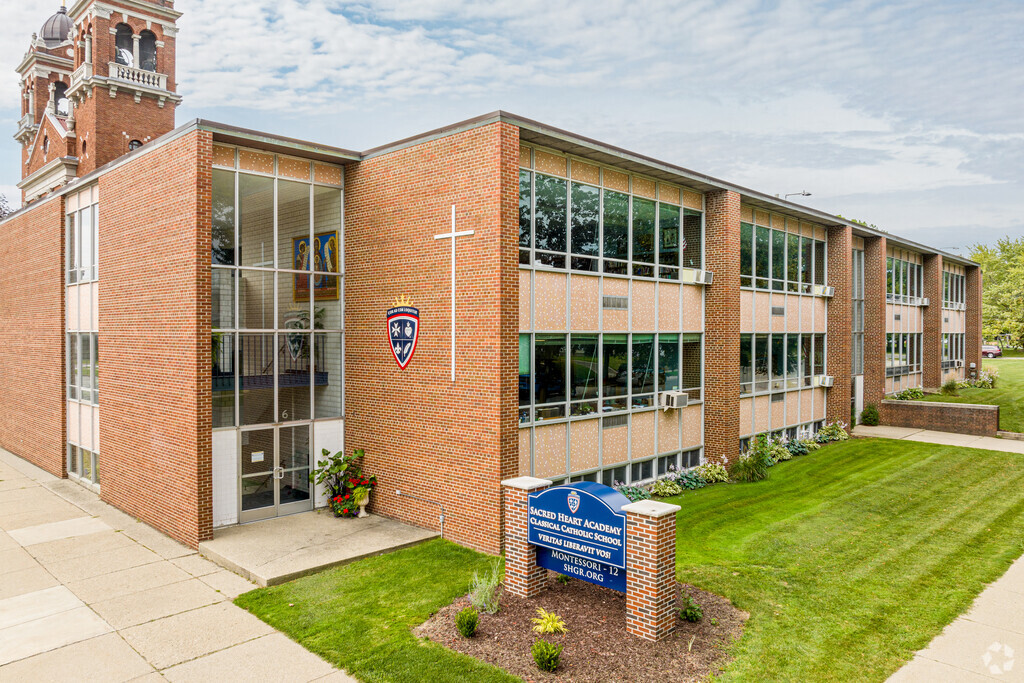
Be More Faithful, Become More Resilient: An Invitation to Religious Institutions

How Soccer Reveals Different Meanings Of ‘Secular’ In France And The US
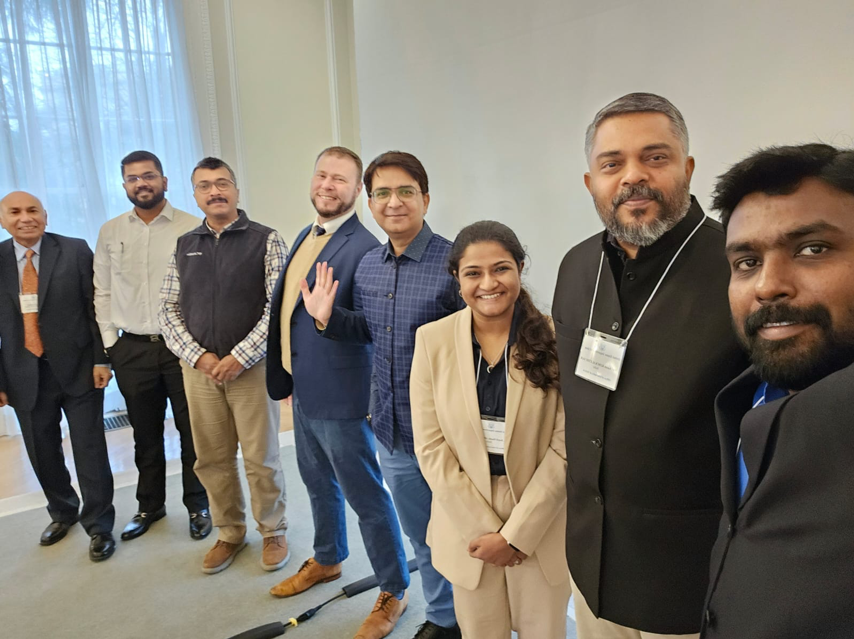
RFI’s Ismail Royer Meets with Delegation from India
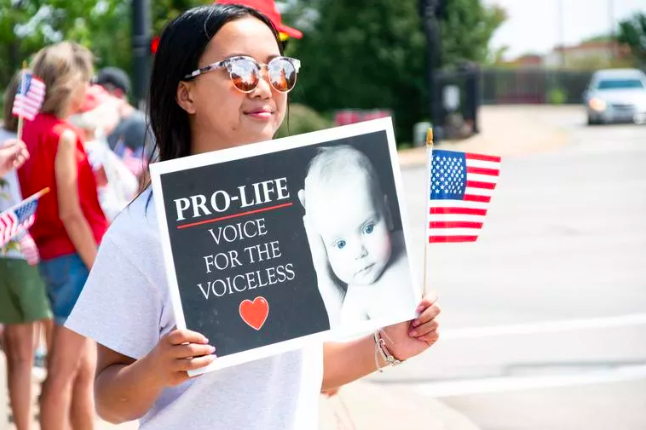
Protecting the Unborn, Mothers, and Medical Ethics: The Stakes of Arkansas’ Amendment
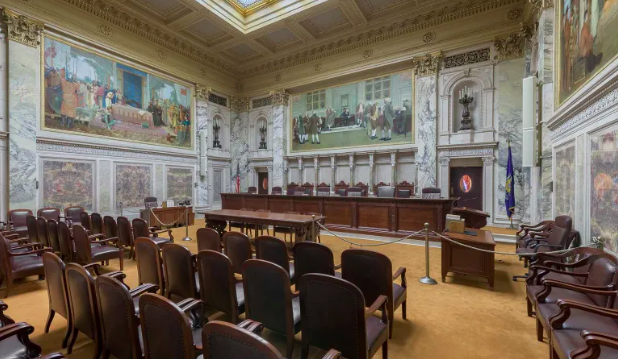
Wisconsin Supreme Court Punishes Catholic Charities for Serving Everyone
CORNERSTONE FORUM

Public Bioethics & the Failure of Expressive Individualism

Religious Liberty in American Higher Education

Scotland’s Kate Forbes and the March of Secularism

70 Years of Religious Freedom in Sweden: Prospects and Challenges

